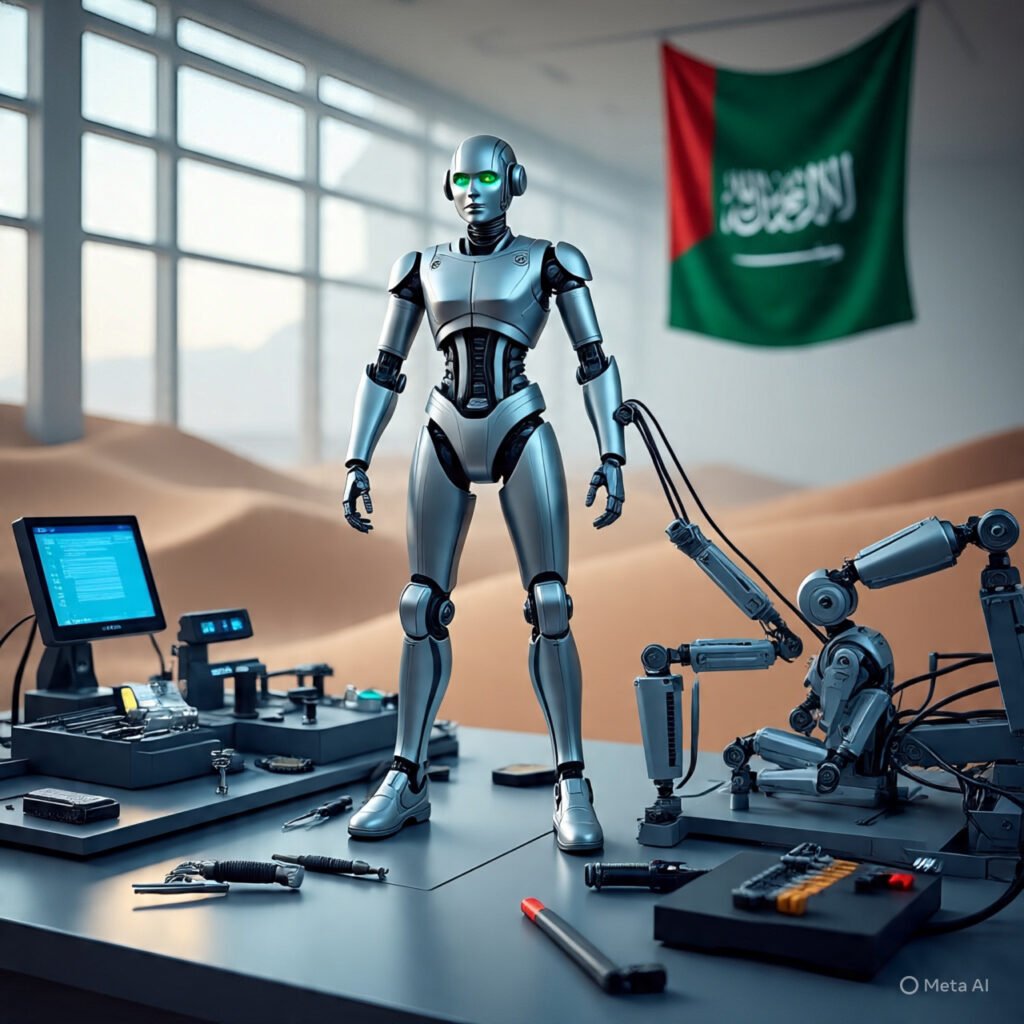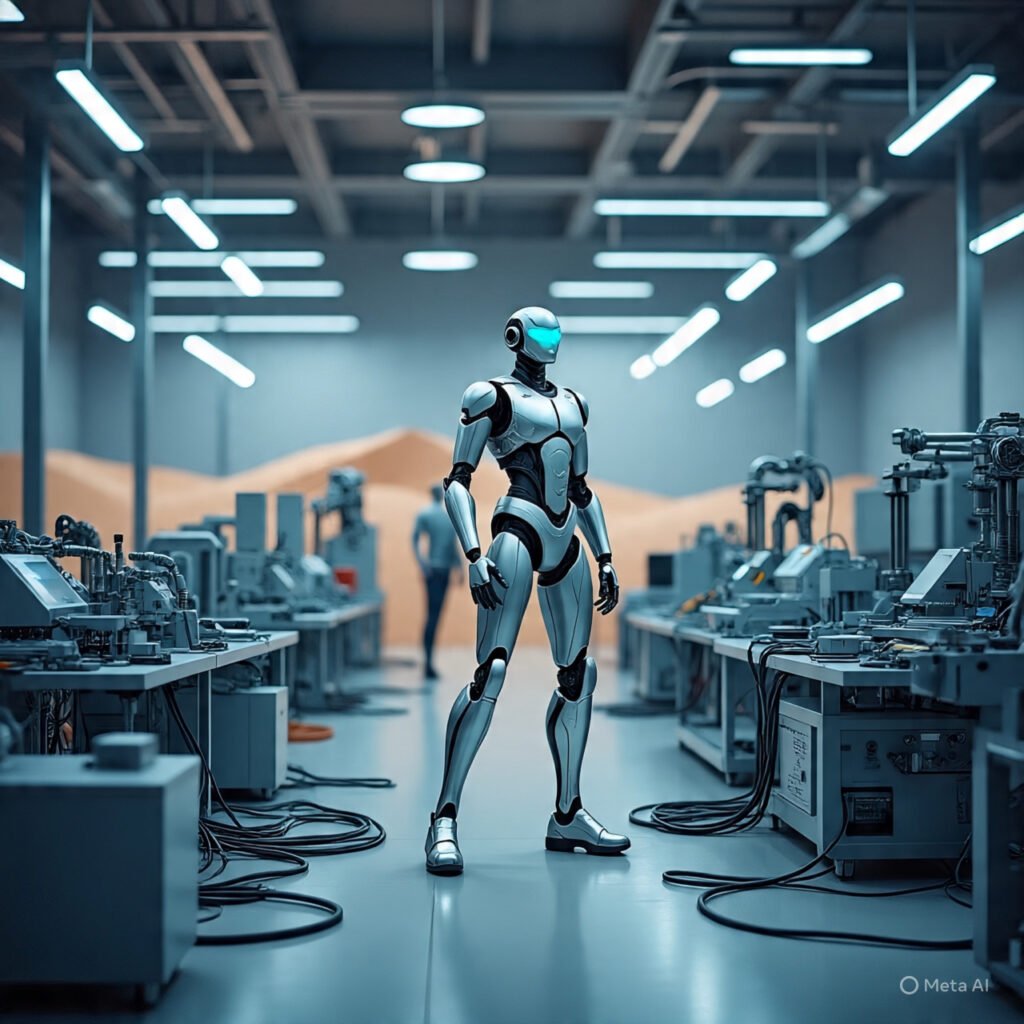
How Robotics is Transforming Industry in Saudi Arabia and Beyond

In recent years, robotics has evolved from a futuristic concept into a present-day reality, reshaping industries and economies across the globe. In Saudi Arabia, this technological shift is gaining momentum, with government initiatives, private investment, and educational advancements driving widespread adoption of robotics across multiple sectors. From oil and gas to healthcare and logistics, robots are enhancing productivity, safety, and efficiency—ushering in a new era of industrial innovation.
In this article, we explore how robotics is transforming industries in Saudi Arabia and beyond, the key technologies enabling this change, and what the future may hold.

1. The Rise of Robotics in Industry
Robots have come a long way from the assembly lines of car factories. Today, they are used in everything from precision surgery to warehouse management, and the demand is growing rapidly. According to the International Federation of Robotics (IFR), the global average of industrial robots per 10,000 employees has increased dramatically over the past decade. This trend signals a growing reliance on robotics in both developed and emerging economies.
Saudi Arabia is not being left behind. With its ambitious Vision 2030 plan, the Kingdom is pushing for innovation and digital transformation across all sectors. Robotics is seen as a key enabler of these goals.
2. Robotics in the Saudi Oil and Gas Sector
The energy sector remains the backbone of the Saudi economy. It’s also one of the most promising fields for robotic applications. Oil rigs, refineries, and pipelines often operate in hazardous environments. Robots are now being used for inspection, maintenance, and even drilling—reducing the risk to human workers and improving operational efficiency.
For example, drones and ground robots equipped with cameras and sensors can inspect pipelines in remote desert areas. This reduces downtime, improves accuracy, and minimizes human exposure to danger.
3. Healthcare Robots: Enhancing Medical Services
Saudi Arabia’s healthcare system is undergoing rapid modernization, and robotics plays a significant role. Surgical robots, such as the Da Vinci system, are already used in hospitals to assist with delicate operations. These robots allow for minimally invasive procedures, reducing recovery time and improving patient outcomes.
In addition, service robots are being deployed in hospitals for tasks such as delivering medication, disinfecting rooms, and even interacting with patients. These machines support medical staff, especially during times of high demand such as the COVID-19 pandemic.
4. Robotics in Logistics and Warehousing
As e-commerce and logistics sectors grow in Saudi Arabia, especially with new smart cities like NEOM on the horizon, robotics will be critical in supporting demand. Automated guided vehicles (AGVs), robotic arms, and AI-powered inventory systems are revolutionizing how goods are stored, moved, and delivered.
Major companies such as Amazon and Alibaba have set global standards in robotic logistics, and Saudi firms are starting to follow suit. Smart warehouses are now a reality, with robots working alongside humans to speed up operations and reduce costs.
5. Education and Workforce Development
A successful robotics revolution depends on skilled professionals. Saudi Arabia is investing heavily in education and training programs focused on robotics and AI. Universities are launching robotics labs and research centers, while online platforms and bootcamps offer specialized training.
Initiatives like the King Abdulaziz City for Science and Technology (KACST) and partnerships with international tech giants are helping to build local expertise. As more young Saudis become fluent in coding, electronics, and automation, the country is developing a workforce ready for the industries of the future.
6. Robotics in Agriculture and Construction
Two additional sectors being transformed by robotics are agriculture and construction—both crucial for sustainable development in Saudi Arabia.
- Agriculture: Drones and autonomous vehicles are used for crop monitoring, irrigation control, and harvesting. This helps optimize water usage, an essential need in arid climates.
- Construction: Robotics can automate bricklaying, welding, and inspection, improving speed and safety on job sites. These tools are particularly useful in large-scale infrastructure projects like those in NEOM, The Line, and Qiddiya.
7. Challenges and Ethical Considerations
Despite the many advantages, there are challenges to widespread robotics adoption. These include:
- High initial investment: Robotics systems are costly to purchase and maintain.
- Cybersecurity risks: Connected robots can be vulnerable to hacking.
- Job displacement: Automation may lead to the loss of low-skilled jobs if not balanced with workforce development.
Ethical considerations also arise, especially as robots become more autonomous. Policymakers and companies must ensure transparency, accountability, and responsible deployment of robotic technologies.
8. The Future: Saudi Arabia as a Robotics Leader
With strong government support, a young tech-savvy population, and strategic vision, Saudi Arabia is well-positioned to become a robotics leader in the Middle East. The development of smart cities, advanced manufacturing zones, and international research collaborations all point toward a future where robotics is central to the Kingdom’s economy.
As robotics continues to evolve, it will create new industries, job roles, and ways of living. Embracing this change with foresight and responsibility will be key to long-term success.
Conclusion
Robotics is no longer the technology of tomorrow—it’s the innovation of today. From transforming industries to creating new economic opportunities, robotics is playing a pivotal role in shaping the future of Saudi Arabia. For companies, students, and policymakers alike, understanding and investing in robotics is not just an option—it’s a necessity.
At Robotics.sa, we’re dedicated to keeping you informed about the latest in robotics and AI. Stay tuned for more insights, updates, and resources to help you navigate this exciting technological revolution.


